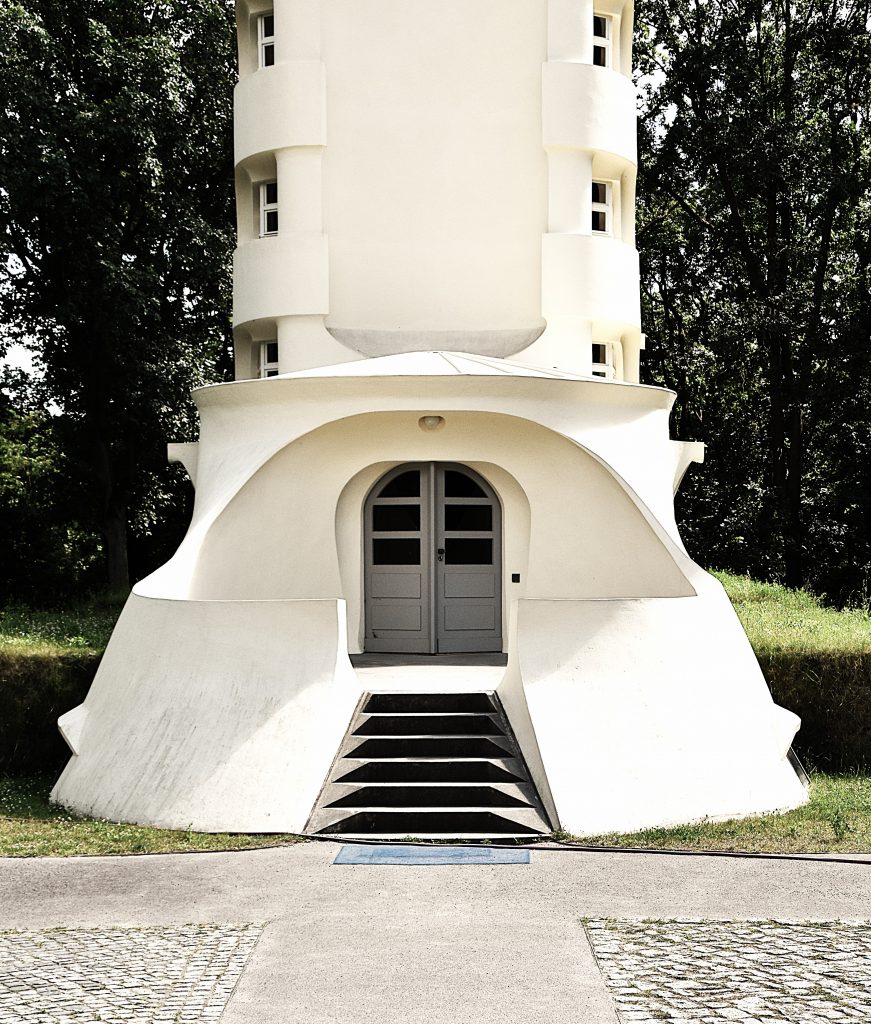
Just southwest of Berlin is the city of Potsdam, where about 185,000 people live. It’s a beautiful place that got famous worldwide when Frederick the Great, King of Prussia, built his palace, Sanssouci, there back in 1747. Honestly, the palace and the park around it alone are worth checking out.
But what most people don’t know about is the Telegrafenberg (that just means Telegraph Hill). Originally, this hill was supposed to be a stop on a line of optical telegraphs running all the way from Berlin to Koblenz—around 400 miles. Kind of like those signal beacons in The Lord of the Rings when Gondor calls Rohan for help against Mordor, remember? The line was set up in 1832 but by 1849, electric telegraphs made it useless. But that wasn’t the end of the hill’s story—it was just getting started.
In the 1870s, after Germany became a unified country, science suddenly became super important to the government. And it paid off: German scientists went on to win about 20% of all Nobel Prizes, including 8 out of the first 31 in physics alone. That golden age came to a tragic halt in 1933, though, when the Nazis started persecuting scientists who didn’t fit their twisted racial ideas.
Before these dark years, in the 1870s, the hill turned into a hub for science. Institute after institute popped up, building after building went up. The most famous spot is the Einstein Tower, named after Albert Einstein because it was built to test his theory of relativity. Inside, there’s a solar telescope that’s still in use today. The tower was built in 1922 and its expressionist style is pretty eye-catching—the building looks fragile and vulnerable, but that actually gives it a kind of beauty.
During the Cold War, East Germany kept the place running. Then, after the Berlin Wall came down and Germany reunited in 1990, the hill became a science hotspot again. The government poured billions into new buildings and research centers. Two of the most famous are the Alfred Wegener Institute for Polar and Marine Research and the Potsdam Institute for Climate Impact Research.
The hill is open to everyone. With its unique architecture and the many signs in German and English, it’s a great spot if you’re into science, history, or architecture — past and present.
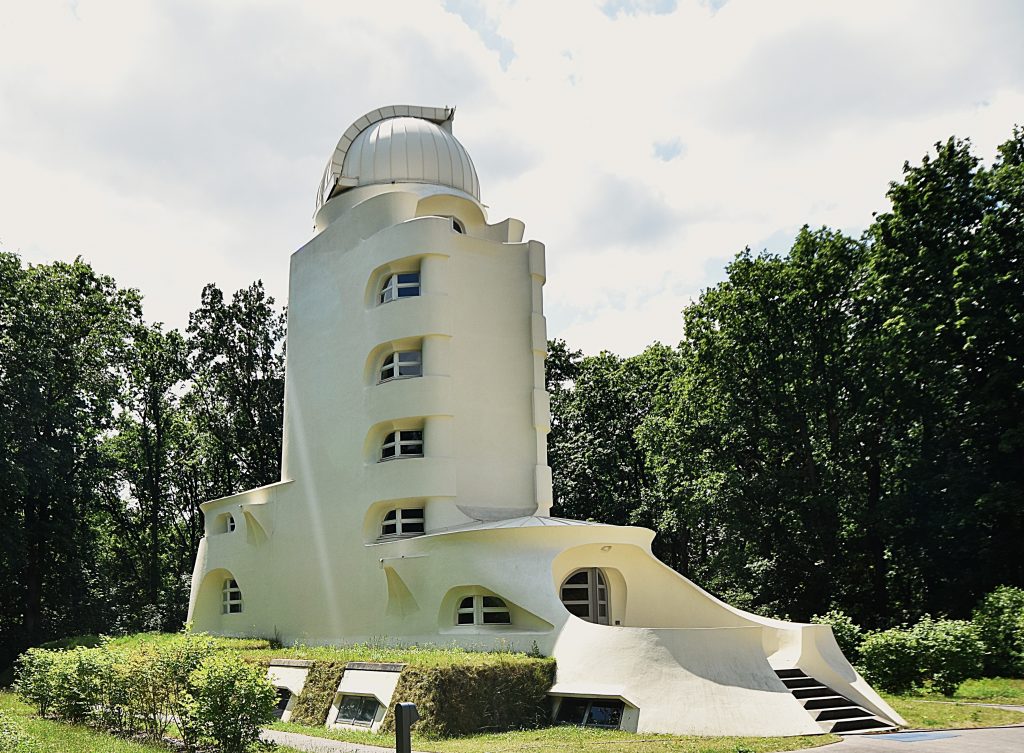
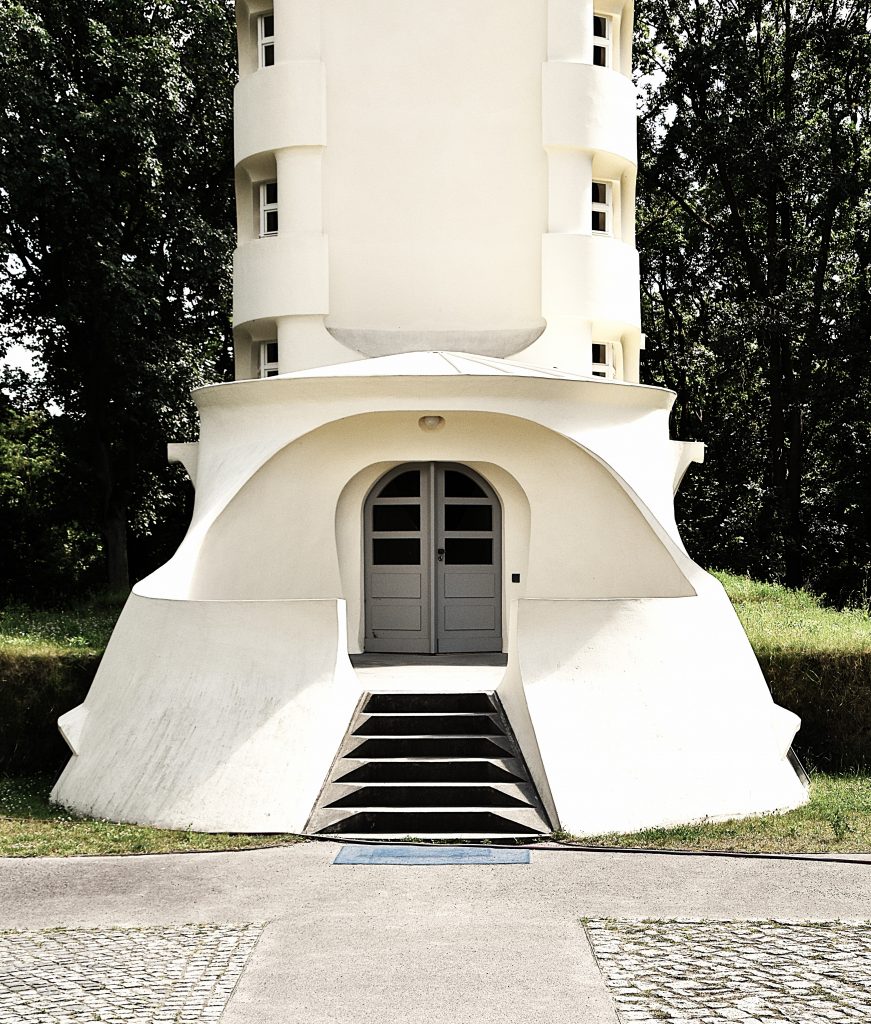

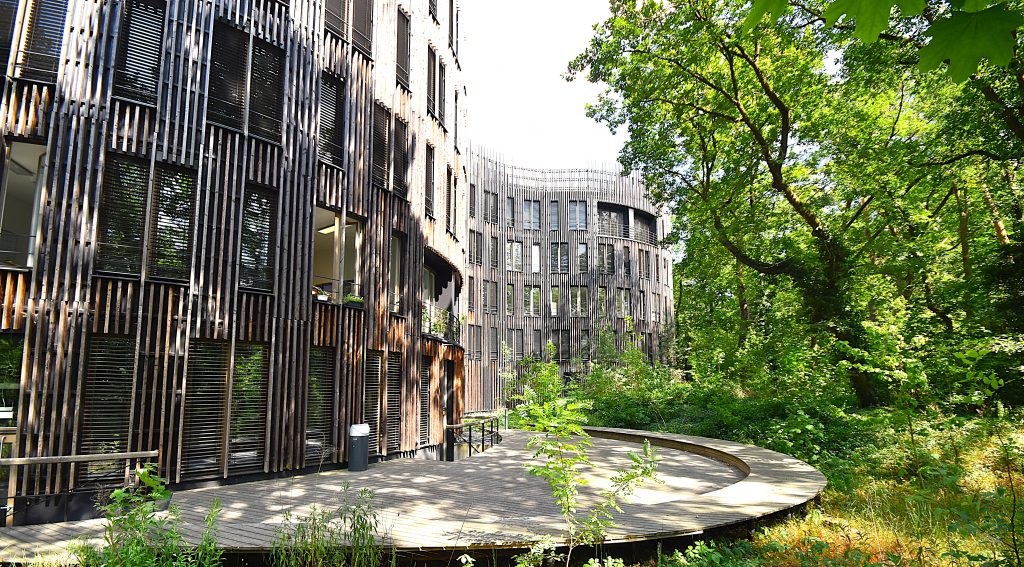
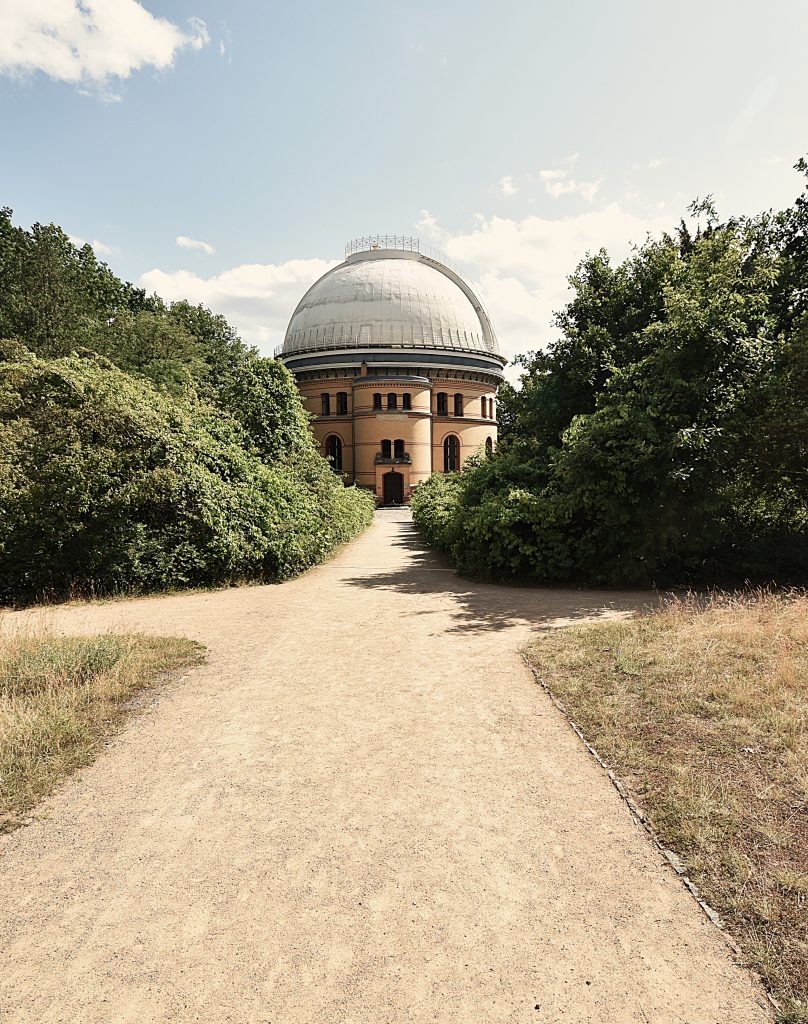
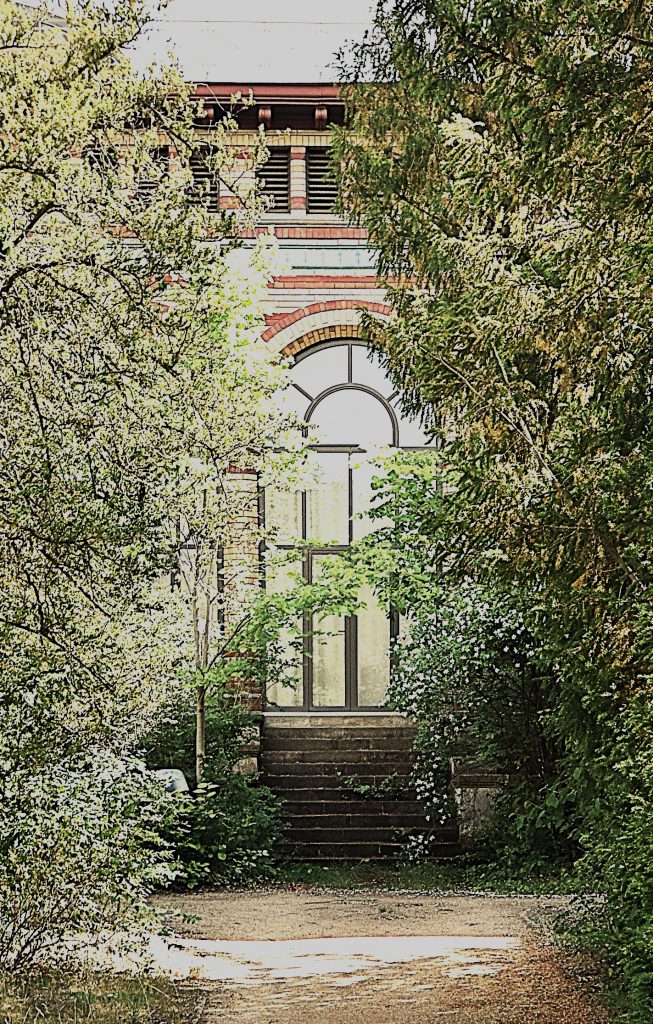
Leave a Reply